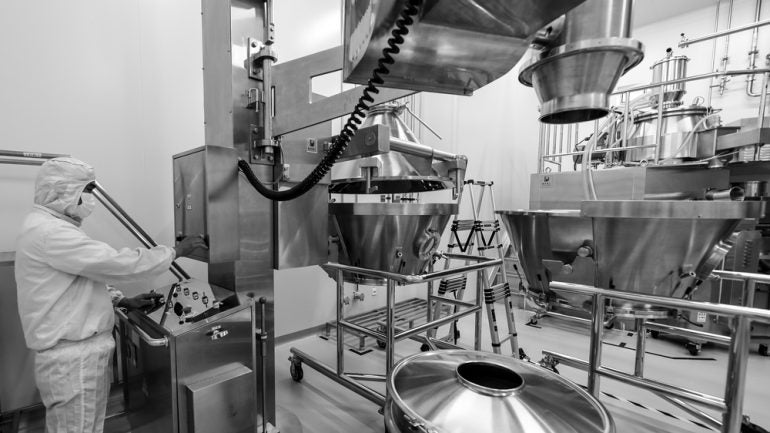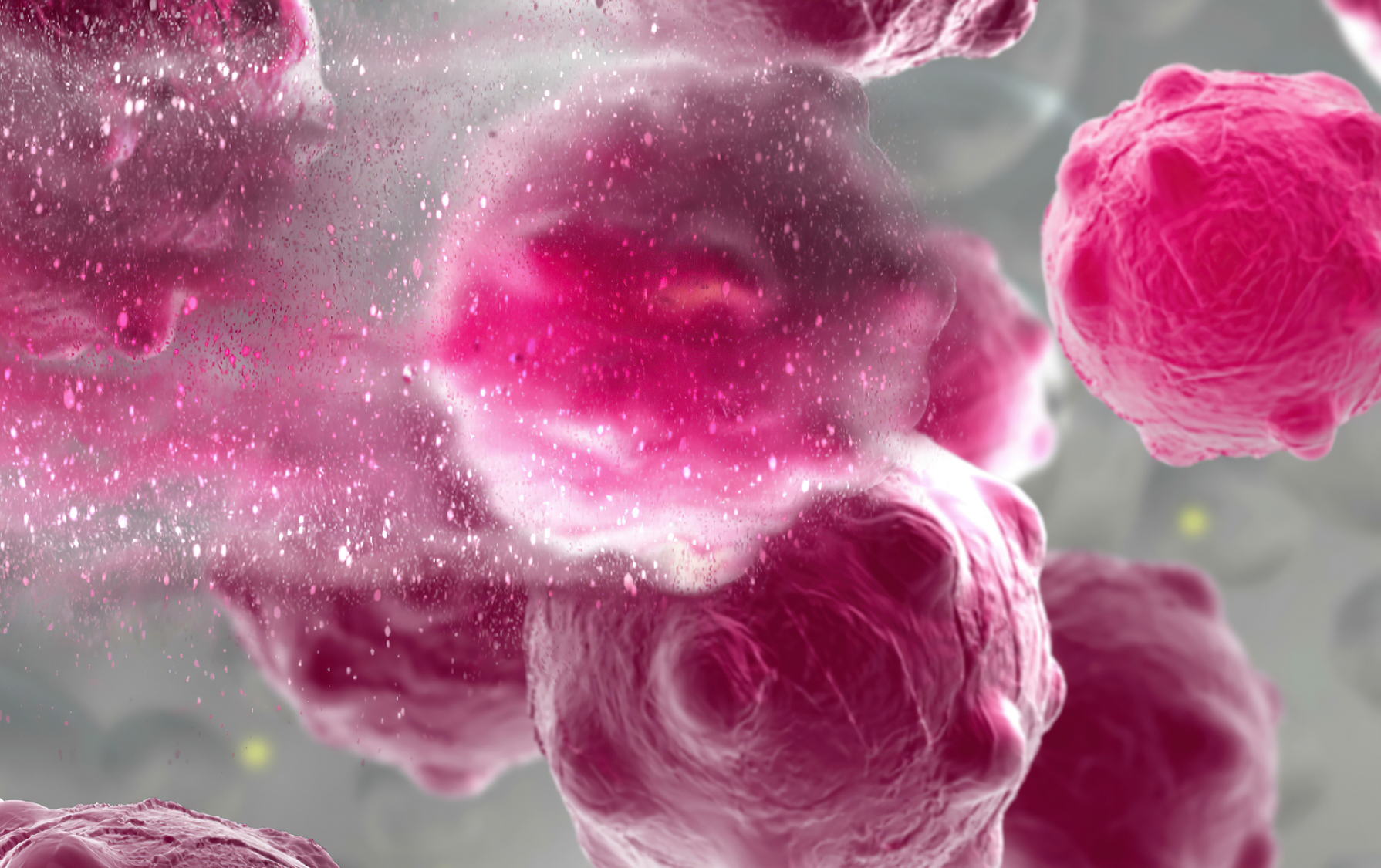By Mayo Clinic’s Research Magazine
Mayo Clinic researchers have developed a new high-resolution, analytical technique to identify the rare senescent bone cells that are known to drive osteoporosis. Senescent cells are malfunctioning cells that build up as people age or as the result of chronic diseases. Once these cells form, they can contribute to developing diseases and consequences of aging. This new method, detailed in a paper published in Nature Communications, will enable scientists to better target experimental anti-aging drugs at the cellular level, advancing efforts to find treatments for osteoporosis and other aging-related diseases.
“Senescent cells are notoriously challenging to identify. With this work, we are overcoming a barrier that has hindered past research,” says Madison Doolittle, Ph.D., a Mayo Clinic endocrinology researcher and first author of the paper. “We expect this technique will enhance our ability to study these cells in a precise manner, understand the mechanisms of diseases and develop more focused targets for treatment.”




